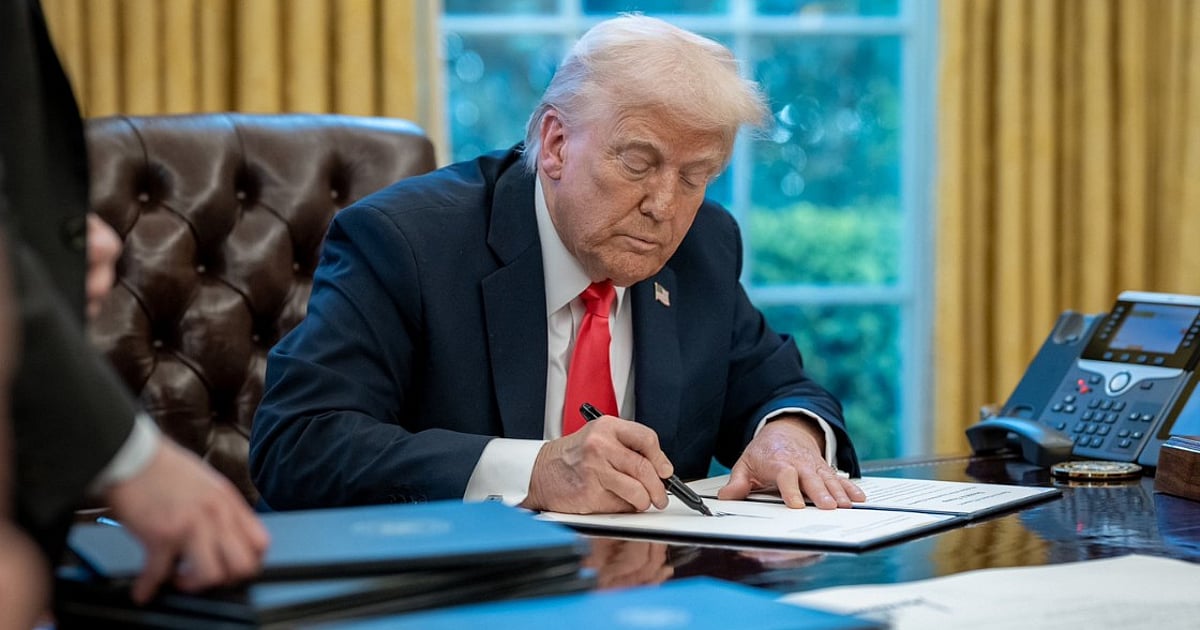The Uncertainty Caused by Tariffs in the U.S. Economy
The introduction of tariffs in the United States has sparked significant uncertainty, shaping both domestic economic landscapes and international relations. As businesses, consumers, and various sectors grapple with the implications of these policies, it becomes vital to explore the multifaceted effects of tariffs on investment decisions, financial market volatility, and the broader global economy.
Investment Decisions
One of the starkest effects of tariffs is the hesitation observed in investment decisions. Businesses and households alike are postponing crucial choices related to investment, hiring, and consumption. The unpredictability surrounding tariff policies leads to a climate where companies may delay capital expenditures or hiring, as they strive to gauge the economic ramifications of ongoing trade tensions. This ripple effect ultimately slows economic growth, as reduced investment and consumption lead to diminished demand, affecting companies across various sectors.
Financial Market Volatility
Financial markets thrive on predictability, and the ever-changing landscape of trade policies can introduce significant volatility. Uncertain tariff announcements can cause market turmoil, impacting investor confidence and leading to unpredictable market behavior. Investors scrutinize potential shifts in policy, as these can tremendously affect stock prices, interest rates, and overall economic stability. This climate of instability can result in a reluctance to take risks in investment, further stifling growth.
Unclear Legal Status
Beyond economic impacts, the legality of the tariffs is shrouded in uncertainty. Much hinges on the administration’s reliance on the International Emergency Economic Powers Act (IEEPA), which has sparked numerous legal challenges. Critics argue that the IEEPA was never intended to grant presidential authority to impose tariffs without specific congressional approval, making this a contentious issue that could have far-reaching consequences for executive power in economic matters.
Global Economic Implications
The ramifications of U.S. tariffs extend beyond its borders, affecting global trade dynamics. Retaliatory tariffs imposed by other nations can lead to a decline in U.S. exports, with repercussions for countries that depend heavily on the American economy. For instance, Germany has witnessed a noted decline in industrial production, showcasing how interconnected the global economy has become. As countries adjust to these tariffs, the potential for slower economic growth looms large for global partners reliant on robust trade relationships with the U.S.
Sector-Specific Impacts
Manufacturing
The manufacturing sector stands at the forefront of the tariff fallout, facing heightened costs due to increased prices for imported materials like steel and aluminum. This surge in costs permeates various subsectors, including electronics and automotive manufacturing, creating a ripple effect throughout the economy.
Automotive
Automakers are grappling with direct impacts from tariffs on steel, aluminum, and auto parts, leading to escalated vehicle prices for consumers. The cost surges not only affect the end consumer but also create challenges for the repair and maintenance industry, ultimately hindering sales.
Agriculture
The agricultural sector has not escaped the turbulence caused by tariffs, experiencing a notable decline in exports such as soybeans, sorghum, pork, and cotton. Coupled with rising input costs, farmers face dimming profitability and uncertain futures.
Energy
In the energy sector, tariffs on vital materials such as steel and aluminum adversely affect costs tied to infrastructure and equipment. These increased expenses are likely to be passed on to consumers, leading to higher prices in electricity and energy products.
Retail and Consumer Goods
With tariffs affecting a wide array of imported consumer goods, retailers have been compelled to absorb heightened costs, translating to increased prices for consumers. This trend is particularly evident in sectors like apparel, footwear, and consumer electronics.
Technology
The technology sector, heavily reliant on global supply chains, faces additional challenges due to tariffs on semiconductors and electronic components. Increased manufacturing costs pose risks to profitability and can lead to higher prices for end-users, creating a complex landscape for tech companies.
Construction
Tariff-induced higher costs for imported materials like lumber and steel markedly raise construction expenses. The outcomes affect everything from residential housing projects to large-scale infrastructure initiatives, as builders confront increased financial strain.
Transportation and Warehousing
Though there may have been short-term boosts in hiring to stockpile goods, the long-term outlook for the transportation and warehousing sector may not be as rosy. As tariffs take hold, payrolls in this sector could encounter contraction, leading to broader job insecurity.
Financial Services
Lastly, the financial services sector, including firms that focus on consumer spending and investment banking, faces mounting concerns about economic slowdowns. The hesitance stemming from uncertainty is impacting credit availability and overall consumer confidence.
Legal Challenges Surrounding Tariffs
As mentioned earlier, these tariffs are encountering substantial legal pushback centered on the use of IEEPA. The core argument is whether the President possesses the authority to implement tariffs without explicit congressional approval. Noteworthy cases, such as V.O.S. Selections Inc. v. Trump and Learning Resources, Inc. v. Trump, highlight the intense scrutiny and potential legal implications that could arise from the administration’s strategies.
In V.O.S. Selections Inc., the U.S. Court of International Trade ruled that the tariffs lacked a rational connection to the declared national emergencies. The Learning Resources, Inc. case went further, suggesting that the IEEPA does not authorize tariffs, amplifying debates around executive authority.
The Ripple Effect on Global Trade
The current tariff policies under the Trump administration signal a significant shift in U.S. foreign policy, ultimately reshaping trade relationships globally. While the anticipated revenue from these tariffs seems exaggerated—reported figures indicating only about $96 billion instead of the predicted trillions—the real implications could involve a cascade of retaliatory actions from other nations, leading to an unpredictable global trade environment.
Conclusions on the Future of Tariffs
As the situation evolves, the overall economic impact of these tariffs remains to be fully assessed. The complexities inherent in navigating both domestic and global supply chains spotlight the pressing need for clarity. While businesses strive to adapt to this new reality, the potential for a multi-dimensional economic landscape continues to loom large, raising many questions about the future nature and direction of international trade.



